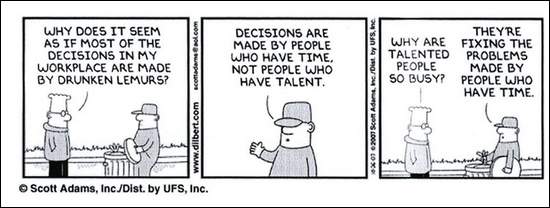1. How do you tend to base your opinions while rating yourself?
A. I lay greater emphasis in conforming to my personal expectations
B. I lay greater emphasis in understanding what my boss and peers expect out of me
C. I aim to identify the gaps between my personal expectations and other’s expectations from me
2. What successes do you usually refer while rating yourself?
A. Recent successes, or big wins in the past 1-2 months
B. Successes across the span of my professional career
C. Successes across the last 12 months
3. Which setbacks do you usually refer while rating yourself?
A. Setbacks across the span of my professional career
B. Recent setbacks, or failures in the last 1-2 months
C. Setbacks across the last 12 months
4. How would you rate your skills and competencies?
A. I have skills and competencies that are niche and difficult to acquire commonly
B. I have skills and competencies that others can easily acquire
C. I have skills and competencies that others can acquire with effort and experience
5. How would you rate skills and competencies of your peers and superiors?
A. I can easily acquire the skills and competencies of my peers and superiors
B. My peers and managers have skills and competencies that are extremely difficult to acquire
C. With effort and experience, I can acquire some of the skills and competencies of my peers and superiors
6. How would you rate your cognitive intelligence (grammatical skills, logical reasoning, and humor)?
A. I possess greater cognitive intelligence than my peers and superiors
B. My peers and superiors have greater cognitive intelligence compared to mine
C. My cognitive intelligence is dependent on my experience and exposure to key areas of my occupation
7. How would rate the quality of your education and past experience?
A. My education and past experience is superior to my peers and managers
B. My peers and superiors have worked and studied in larger and more renowned establishments
C. I work for an organization where most others have similar education and past experience
8. How would you rate the social stature of your family?
A. My family is more prosperous and educationally accomplished compared to my peers and superiors
B. My family is less prosperous and educationally accomplished compared to my peers and superiors
C. I work for an organization where most others come from a families with a social stature similar to mine
9. How do you feel about the development gaps in your last review?
A. I strongly feel that I have bridged all development gaps that reflected in my last review
B. I feel that some development gaps still remain
C. My manager and peers are on the same page as I am about my development gaps
10. How do you feel about the work that your team and your organization does?
A. I believe that my team, and the products and services of my organization, are rather mediocre
B. I believe that my team, and the products and services of my organization, have always been the best-in-class
C. I believe that my team, and the products and services of my organization, are at par with the rest of the market
More As indicate the likelihood of over-rating yourself
More Bs indicate the likelihood of under-rating yourself
More Cs indicate the likelihood of a balanced review
